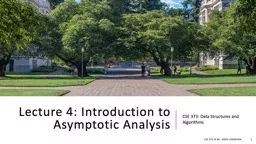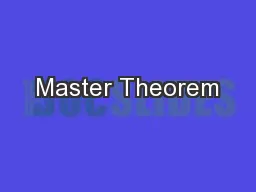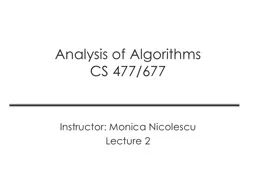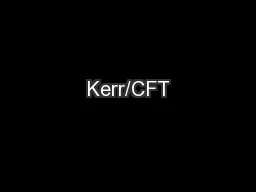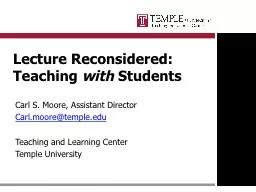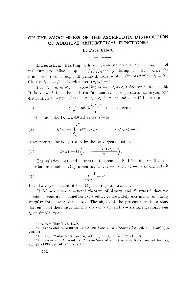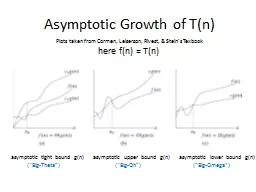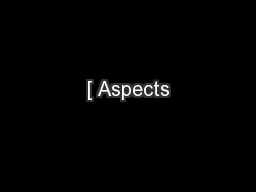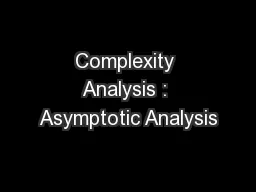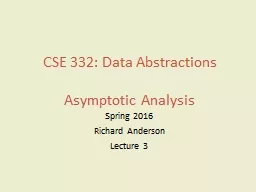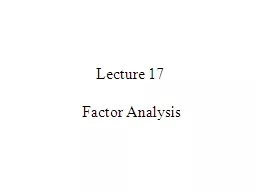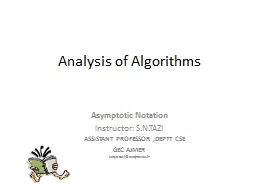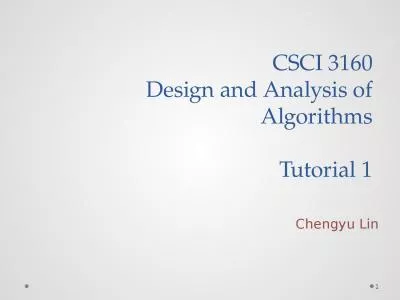PPT-Lecture 4: Introduction to Asymptotic Analysis
Author : attentionallianz | Published Date : 2020-06-23
CSE 373 Data Structures and Algorithms CSE 373 19 wi Kasey Champion 1 Warm Up Read through the code on the worksheet given Come up with a test case for each of
Presentation Embed Code
Download Presentation
Download Presentation The PPT/PDF document "Lecture 4: Introduction to Asymptotic An..." is the property of its rightful owner. Permission is granted to download and print the materials on this website for personal, non-commercial use only, and to display it on your personal computer provided you do not modify the materials and that you retain all copyright notices contained in the materials. By downloading content from our website, you accept the terms of this agreement.
Lecture 4: Introduction to Asymptotic Analysis: Transcript
Download Rules Of Document
"Lecture 4: Introduction to Asymptotic Analysis"The content belongs to its owner. You may download and print it for personal use, without modification, and keep all copyright notices. By downloading, you agree to these terms.
Related Documents

